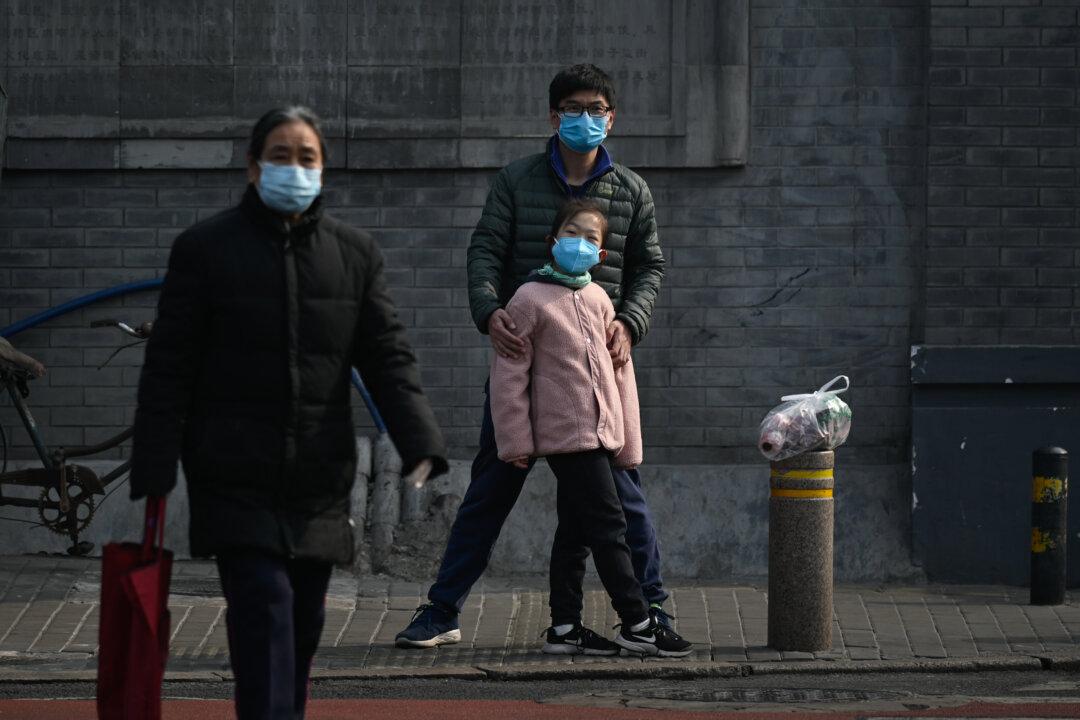There have been relatively few children infected with the new coronavirus in China, according to a new report from the World Health Organization and Chinese authorities.
The international health group conducted a joint mission with China and released a report on Feb. 28 about what researchers found.





